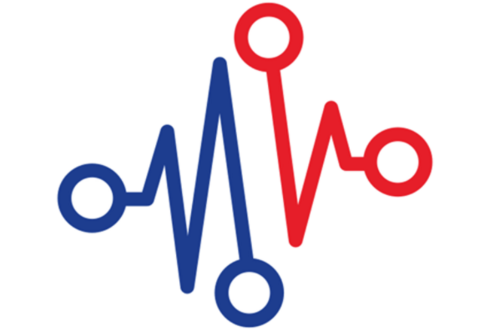Un dispositif « unique au monde », selon Bercy
Avec le retrait progressif des différentes mesures publiques de soutien aux entreprises, nombreuses sont celles qui risquent de se retrouver en grande difficulté, notamment dans le secteur touristique, automobile et aéronautique.
Pour qu’elles puissent continuer à bénéficier de certaines aides, il est indispensable que le l’administration soit en mesure de les identifier. C’est dans cette optique que le ministre de l’Économie et des Finances Bruno Le Maire a mentionné, à l’occasion de l’annonce d’un nouveau plan de soutien aux entreprises, l’existence et l’utilité de l’application Signaux faibles.
Cet outil n’est pas nouveau, puisque sa naissance remonte en réalité à 2016. Toutefois, il a depuis 5 ans été enrichi à l’aide de nombreuses données fiscales et financières, dans un premier temps à une échelle locale, en Bourgogne-Franche-Comté, puis à une échelle nationale à partir de 2019.
Les différents signaux d’alerte
Avant le début de la crise sanitaire, les données permettant de repérer les entreprises en difficulté étaient relativement « classiques » : on y trouvait notamment les dettes envers l’URSSAF, ou encore les demandes de chômage partiel.
Cependant, la crise et les différentes mesures mises en place pour soutenir les entreprises ont changé la donne. Le recours au chômage partiel a été massif, et les possibilités de report ou d’exonération des cotisations ont été largement utilisées par les chefs d’entreprises.
Pour que l’application soit en mesure de repérer plus efficacement les situations à risque, de nouvelles données ont donc été ajoutées. On y trouve par exemple désormais le paiement mensuel de la TVA, et de nombreux autres éléments fournis par :
- les URSSAF,
- la Direction générale des entreprises,
- la Banque de France,
- ou encore la Direction générale des finances publiques.
Des données fournies par le ministère du Travail, voire par les fournisseurs eux-mêmes s’agissant notamment des délais de paiement, seront intégrées au fur et à mesure à l’application.
À partir de toutes ces données, qui sont mises à la disposition de très nombreux agents publics, deux listes sont établies par l’algorithme :
- une liste rouge recensant toutes les entreprises considérées comme étant en difficulté,
- une liste jaune pour les autres.
Seules les données des entreprises d’au moins 10 salariés sont prises en compte, l’algorithme donnant des résultats plus aléatoires en deçà de ce seuil.
Dès lors qu’une entreprise entre dans la liste rouge, un agent public est chargé de la contacter et de l’orienter vers les comités départementaux de sortie de crise, pour un accompagnement adapté. Le ministère de l’Économie a annoncé vouloir être particulièrement attentif à la situation des sociétés dont la dette augmente alors même que leur trésorerie continue de diminuer. Elles représenteraient à l’heure actuelle, selon la Banque de France, entre 5 et 8 % des entreprises françaises.
